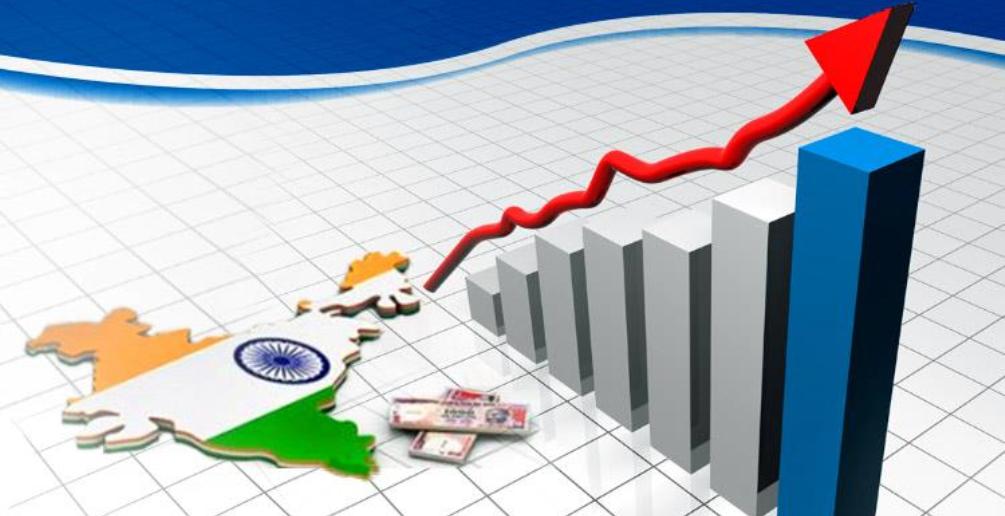
The IMF forecasted an ambitious 12.5% growth rate for India in 2021, higher than China, the only global economy with a positive growth rate last year during the COVID-19 pandemic.
In its annual World Economic Forecast published ahead of the World Bank’s annual Spring meeting, the Washington-based global financial institution projected that the Indian economy will expand by 6.9 percent in 2022.
Notably, India’s economy contracted by a historic 8% in 2020, according to the International Monetary Fund (IMF), which forecasted an ambitious 12.5% growth rate for the world in 2021.
China, on the other hand, is forecast to rise by 8.6 percent in 2021 and 5.6 percent in 2022, despite being the only global economy to have a positive growth trend of 2.3 percent in 2020.
According to IMF Chief Economist Gita Gopinath, “we are now forecasting a greater rebound for the global economy in 2021 and 2022 relative to our previous estimate, with expansion expected to be 6% in 2021 and 4.4% in 2022.”
The global economy will contract by 3.3% in 2020.
“However, the forecast poses challenging obstacles due to divergences in the pace of recovery both across and within countries, as well as the potential for long-term economic impact from the crisis,” she wrote in the report’s foreword.
According to the report, after a 3.3% contraction in 2020, the global economy is expected to expand at 6% in 2021, before slowing to 4.4% in 2022.
The downturn for 2020 is 1.1 percentage points lower than predicted in the October 2020 World Economic Outlook (WEO), indicating higher-than-expected growth outturns in most regions in the second half of the year after lockdowns were relaxed and economies adapted to new forms of operating.
The forecasts for 2021 and 2022 are 0.8 percentage point and 0.2 percentage point higher than in the October 2020 WEO, respectively, indicating increased fiscal stimulus in a few major economies and the projected vaccine-powered turnaround in the second half of the year, according to the study.
Gopinath said in a blog post that the pandemic has yet to be overcome and that virus cases are rising in many countries.
Recoveries are also diverging dangerously around and within nations, she added, as economies with slower vaccination rollout, less policy funding, and a reliance on tourism do worst.
According to Gopinath, policymakers would need to continue promoting their economies despite having fewer policy rooms and higher debt levels than before the pandemic.
This necessitates more tailored steps to allow for longer-term assistance if necessary. For multi-speed recoveries, she believes that a personalized solution is needed, with policies geared to the level of the pandemic, the pace of the economic recovery, and the systemic characteristics of individual countries.
When the health crisis is over, policy efforts will shift to creating more stable, inclusive, and greener economies, both to support the recovery and to boost future growth, according to Gopinath.





